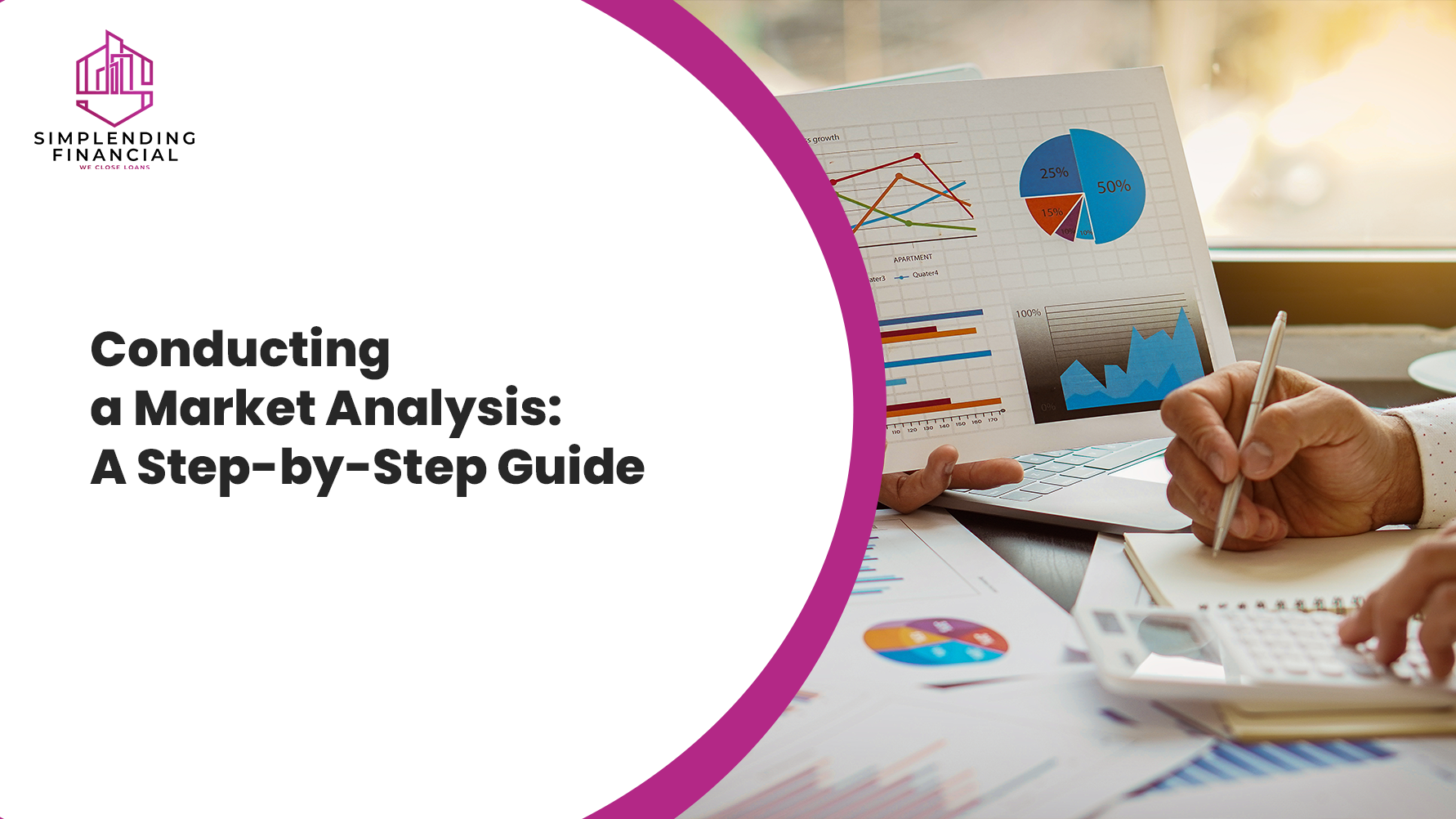Conducting a Market Analysis: A Step-by-Step Guide
22 May 2024
Posted By Admin
Investing in real estate can be a highly profitable venture, but it requires a strategic approach to ensure success. One of the foundational elements of this strategy is conducting a thorough market analysis. This process helps investors understand the market dynamics, assess potential risks, and identify opportunities for growth. Here’s a step-by-step guide on how to conduct a market analysis as a real estate investor.
Step 1: Define Your Objectives
Before diving into the data, it's essential to clearly define your investment objectives. Are you looking for long-term rental income, quick flips, or commercial property investments? Your objectives will guide the focus of your market analysis and help narrow down the relevant data.
Step 2: Identify the Market
Choosing the right market is crucial. Consider factors such as: Geographic Location: Are you focusing on a specific city, suburb, or neighborhood? Market Size: Are you looking at a large metropolitan area or a smaller, emerging market? Economic Indicators: Look for regions with strong economic growth, low unemployment rates, and business-friendly environments.
Step 3: Gather Data
Demographic Data
Understanding the demographics of the market can provide insights into the types of properties in demand. Key demographic data to consider include: Population Growth: Areas with increasing populations often have higher demand for housing. Age Distribution: Young professionals might prefer apartments, while families might look for single-family homes. Income Levels: Higher income levels can indicate a market for luxury properties, while moderate incomes might suggest a need for affordable housing.
Real Estate Market Data
Collect data on the real estate market itself, including: Median Home Prices: Track the trends in home prices over time. Rental Rates: Analyze current rental prices and vacancy rates. Sales Volume: Look at the number of properties sold over a specific period. Days on Market: The average time it takes for properties to sell can indicate market health.
Economic and Employment Data
Economic stability is a strong indicator of a robust real estate market. Key data points include: Employment Rates: Areas with low unemployment typically have more stable real estate markets. Job Growth: Regions with growing job opportunities attract more residents. Major Employers: The presence of large companies or industries can drive housing demand.
Step 4: Analyze Comparable Properties (Comps)
Comparative market analysis (CMA) is crucial in understanding the value of properties similar to your potential investment. Look for properties with similar characteristics: Location: Proximity to amenities, schools, and transport. Size: Square footage and lot size. Condition: Age and state of the property. Features: Number of bedrooms, bathrooms, and unique features.
Step 5: Evaluate Market Trends
Identify and analyze current market trends to forecast future performance. Consider: Market Cycles: Recognize whether the market is in an expansion, peak, contraction, or trough phase. Seasonal Trends: Understand how seasons affect the market. For example, spring often sees higher activity in residential markets. Future Developments: Stay informed about upcoming infrastructure projects, zoning changes, and new constructions that could impact the market.
Step 6: Risk Assessment
No investment is without risk. Conduct a risk assessment by considering: Economic Downturns: How resilient is the market during economic slowdowns? Interest Rates: Rising interest rates can affect mortgage affordability and demand. Regulatory Changes: Be aware of any potential changes in real estate regulations or tax policies.
Step 7: Make an Informed Decision
With all the data and analysis in hand, weigh the potential rewards against the risks. Consider seeking advice from real estate professionals, such as agents, appraisers, and financial advisors, to validate your findings.
Conclusion
Conducting a market analysis is an essential step in real estate investing that can significantly enhance your chances of success. By understanding the market dynamics, demographics, economic indicators, and property values, you can make informed decisions that align with your investment goals. Remember, thorough research and careful planning are the keys to navigating the complex world of real estate investment effectively.


